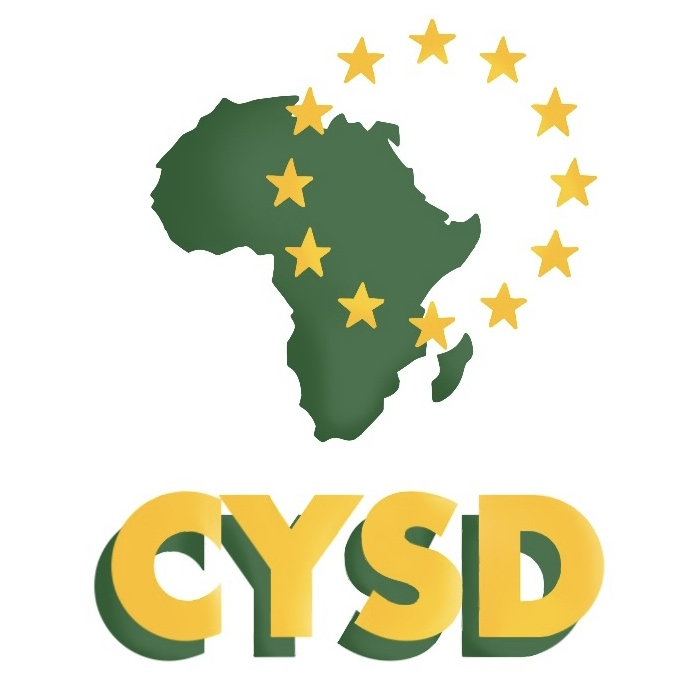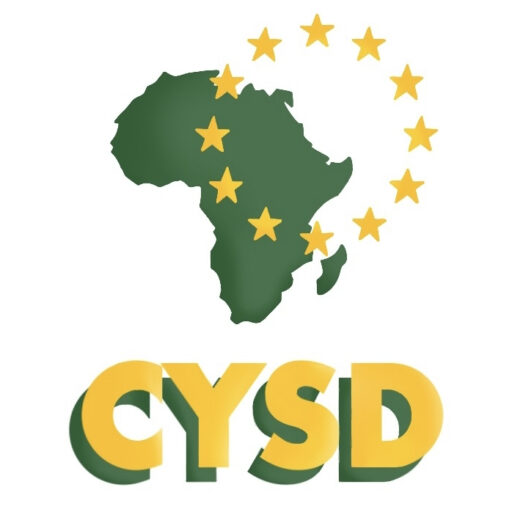Type of Activity
Climate change and Environment Education
GOAL(s)
GOAL 1: No Poverty
GOAL 2: Zero Hunger
GOAL 3: Good Health and Well-being
GOAL 4: Quality Education
GOAL 5: Gender Equality
GOAL 6: Clean Water and Sanitation
GOAL 7: Affordable and Clean Energy
GOAL 8: Decent Work and Economic Growth
GOAL 9: Industry, Innovation and Infrastructure
GOAL 10: Reduced Inequality
GOAL 11: Sustainable Cities and Communities
GOAL 12: Responsible Consumption and Production
GOAL 13: Climate Action
GOAL 14: Life Below Water
GOAL 15: Life on Land
GOAL 16: Peace and Justice Strong Institutions
GOAL 17: Partnerships to achieve the Goal
Objectives
- Learning how to reduce the garbage,
- Comprehending the importance of organic farming
- Cooperation between the participants
- Promotion of environmental awareness
- Promotion of sustainable knowledge
Focus
- Learn how to cultivate in organic way;
- To create your own compost
- To learn about organic soil and the animals who live there
- To rediscover nature; to socialize;
- To explain the process of seed planting without chemicals.
Description
The children examine the three stages of compost creation, they touch the organic material and they learn how to produce their own organic compost.
Thy understand that their food scraps are a source of a small ecological treasure for soil fertility.
The children observe real earthworms, beetles and other microorganisms that are involved in the natural process of biodegradation of plant remains.
They comprehend that the leaves of the leafy trees are again absorbed by the soil.
Indicative activities:
- Touch games (earthworms, beetles, soil, compost)
- Matching game (choose which materials can be composted and which cannot)
- Experiments (find differences between soil without compost and soil with compost)
- Final assessment.
The activity is performed in group at all times therefore each person should be encouraged to participate and engage with the rest of the audience by remembering traditions and previous experiences and knowledge;
Educators/Guides should be active listening at all times to encourage and engage with them.
Duration
90 minutes but the duration can change according to the participants, the weather and site availability.
Materials
- Earthworms from the soil
- Soil and Water
- Cards
Tips and Tricks
- Educators have to engage with the participants, verifying always if they are comfortable.
- Small groups
Debriefing Reflection
The involvement and engagement of children can be verified from the following aspects:
- He/she finish the activities;
- He/she intervenes and share his/her memories
The successful of the activity can be verified by the time spent in making the activity (more people intervening the longer it will take).

